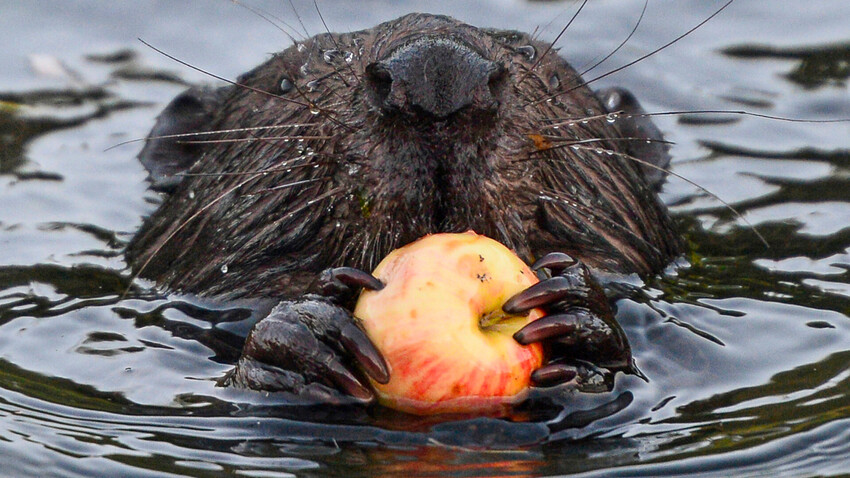

The most distinctive visual feature of the great crested grebe is its tawny "hood" and horn-like head with plumes of feathers. It can be encountered on the Tsaritsyno Ponds, where it feeds on fish, which it hunts by diving under the water.

This bird is a real master of camouflage, making it very difficult to spot. It was first sighted only in 2022 on the territory of nature reserve No. 178 near Novo-Peredelkino, which is a great rarity for such a densely-populated city.

This bird, slightly bigger than a crow, is extremely rare in Moscow. It feeds on almost anything that flies, but most often pigeons and crows. After a quarter-century-long reintroduction program, peregrine falcons have even resumed nesting on the main building of Moscow State University and other skyscrapers.

For a long time, this bird species was in the so-called ‘0’ category, meaning it was regarded as probably extinct. But, in 2023, a stock dove was spotted during the spring migration in the Moskvoretsky Natural History Park. The return of the stock dove to the capital is a clear indication of a more favorable ecological situation in Moscow.

This bird has practically never made its home on the territory of Moscow, but, in 2022, one specimen of the species was found in Kuzminki-Lyublino Park. The hawfinch is a small bird with a powerful and bulky bill. This attribute allows it to break open acorns to get at the nuts inside.

Although a universally familiar animal, it is also listed in the Red Book. Beavers live on the Moskva River in the Moskvoretsky Natural History Park, but they are very few in number – just eight specimens! This makes it all the more surprising that they continue to want to live in the capital.

Even one of the most shy and secretive of animals has been discovered in the capital. The marten usually hunts small rodents, birds and lizards and, sometimes, feeds on berries. The predator inhabits various Moscow parks, such as Bitsevsky Wood and Yuzhnoye Butovo.

Moscow is now even a habitat for bats, which are rarely encountered in such populous cities. The Brandt's bat is a tiny creature that leads a predominantly nocturnal way of life and eats insects. Small colonies can be found in Lefortovo Park, Sparrow Hills and Losiny Ostrov (Elk Island).

It is a remarkable fact that hedgehogs have also ended up in the Red Book. They usually live in woods in the European part of Russia and conduct a nocturnal way of life. In Moscow, hedgehogs can be encountered in Losiny Ostrov, Bitsevsky Wood and Izmailovo Park.

The population of these rodents has fallen sharply in recent years – so it is all the more interesting that they can be found in Moscow. And, although they are regarded as pests, voles can still be encountered in the Kuzminki and Lefortovo parks.
If using any of Russia Beyond's content, partly or in full, always provide an active hyperlink to the original material.
Subscribe
to our newsletter!
Get the week's best stories straight to your inbox